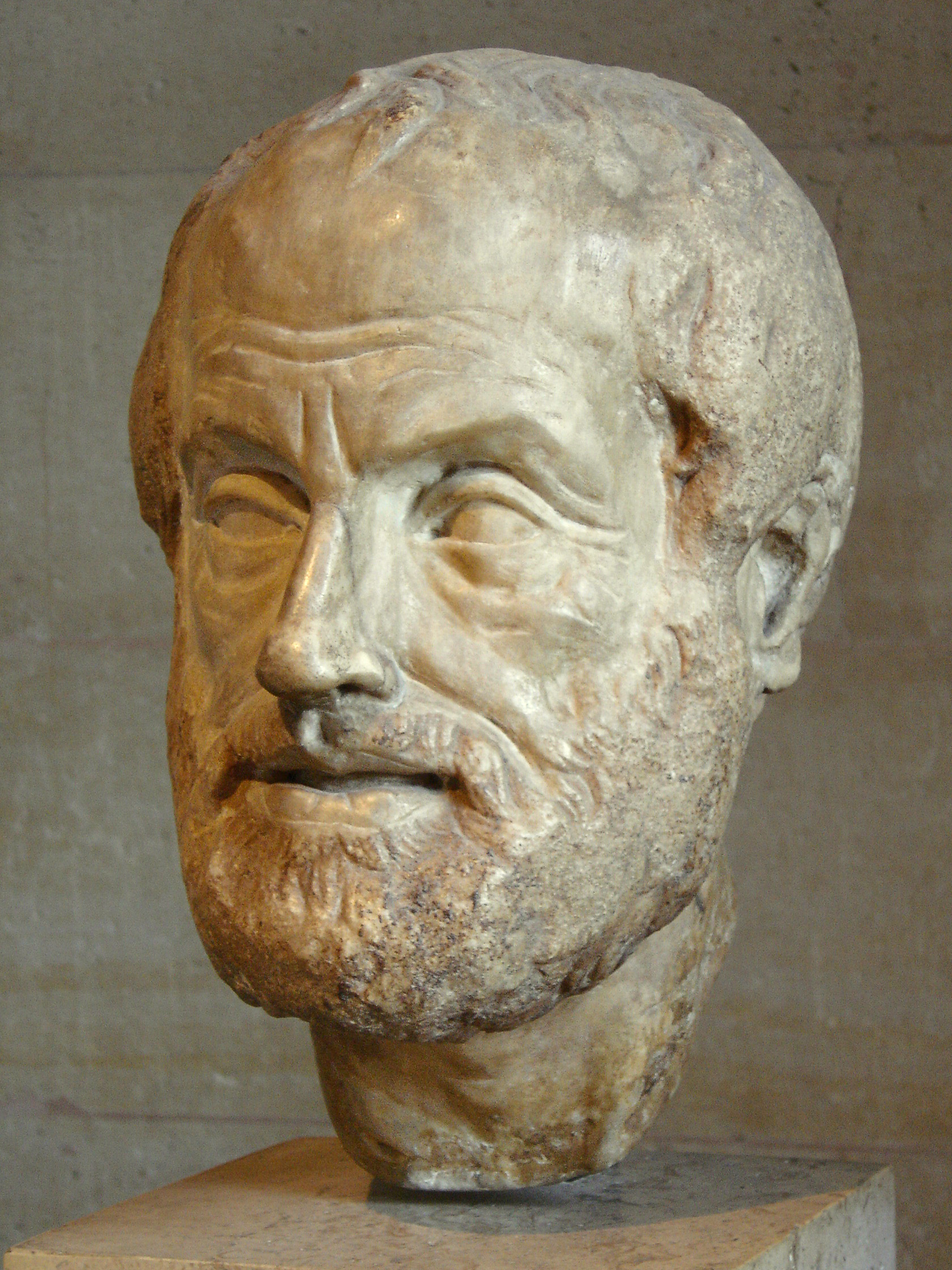Book
I
Rhetoric
is the antistrophos (counterpart, counter-turn, or even correlative) of dialectic and can be treated systematically.
Argumentative persuasion involves pisteis,
which are a kind of apodeixis (demonstration). The rhetorical form of apodeixis is enthymeme. Although
rhetoric is often misused, it should be used to promote truth and justice.
Rhetoric is the dynamis to see in any
given situation the available/possible pithanon
(typically, this sentence is translated as saying that rhetoric is the
ability/power/faculty to see the available means of persuasion in any given
situation). The pisteis entechnoi are ethos,
pathos, and logos, which involve
the character of the speaker, the emotions of the audience, and the logos of the speech. Hence, rhetoric is
an offshoot of dialectic and ethics. Paradeigma
in rhetoric corresponds with epagoge in
dialectic, and enthymeme corresponds with syllogism.
There
are 3 kinds or types of rhetoric: deliberative (or political), forensic (or
legal), and epideictic (or ceremonial oratory or display). The political
speaker will appeal to the good of the hearers and show that he is interested
in their happiness. The epideictic speaker is concerned with virtue. The
forensic speaker should study wrong doing, law, and motives. All voluntary
actions are good or apparently good, pleasant or apparently pleasant. (In other
words, I take this to mean that people don’t do things because they think they’re bad or unpleasant;
Aristotle makes a similar statement in the Nicomachean
Ethics.)
The pisteis atechnoi are 5 in number and
pertain especially to forensic oratory: laws, witnesses, contracts, tortures,
oaths.
Book
II
A
speaker must seem to be a good sort of character in order to persuade an
audience. He must also put his hearers into the right frame of mind. Hence, the
necessity of discussing human emotion: anger and calmness, friendship and
enmity, fear and confidence, shame and shamelessness, kindness and unkindness,
pity, indignation, envy, and emulation. Then, Aristotle presents generalized
characters of the old and prime, then comments on good birth, wealth, power, and
the ability to see backward and look forward.
Two
general modes of persuasion (koinai
pisteis) are paradeigma (example/paradigm)
and enthumema (enthymeme). Maxims are
a part of the enthymeme. Paradeigma are
either historical or invented, which invented are either parabolai (illustrations) or logoi
(fables), like those of Aesop. A maxim is an incomplete enthymeme. Maxims
invest a speech with moral character. Enthymemes are either demonstrative or
refutative.
There
are 28 Topics, or lines of proof or argument, that can be used to make
enthymemes. The most effective enthymemes are those which the audience foresees
the conclusions from the beginning, as long as it’s not totally obvious. Part
of the pleasure we feel is at our own intelligent anticipation.
Book
III
It’s
not enough to know what to say, but one must be able to say it effectively and
in the right way. Style is a small thing with real importance, and has much to
do with poetry, though ideally our bare facts should be enough to persuade. Style
must be appropriate and clear. It cannot be overblown, but should appear
natural.
Correctness
in style is discussed under 5 heads: right use of connecting words, use of
special, and not vague general, terms, avoidance of ambiguity, observance of
gender, correct indication of grammatical number. Impressiveness is given 6
heads: description instead of simple name, metaphors and epithets, plural for
singular number, repetition of the article, connecting words, description by
means of negation. The
appropriate style adapts itself to the emotions of the hearers, the character
of the speaker, and the nature of the subject. There is power in setting things
before the eyes of the audience through metaphor. Rhythm is also useful and
influential.
To
arrange a speech, first state the case, then prove it. To these can be added
introduction, which should indicate the aim of the speech, and epilogue. An
argument attempts a conclusive proof, but it does so differently in forensic,
epideictic, and judiciary speeches. The
epilogue (peroration, conclusion) has 4 parts: make the audience well-disposed
towards yourself and ill disposed towards your opponent, magnify or minimize
the leading facts, excite the required kind of emotion in your hearers, and
refresh their memories by means of a recapitulation. In closing, Aristotle
writes, “make sure that hearers know that you’re letting them decide for
themselves: I have spoken, you have listened. You have the facts before you.
Now you be the judge.”


This books is one I've been wanting to read. I would love to chat with you about it as I read it.
ReplyDeleteThis books is one I've been wanting to read. I would love to chat with you about it as I read it.
ReplyDelete